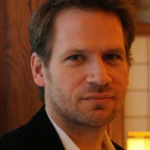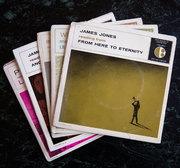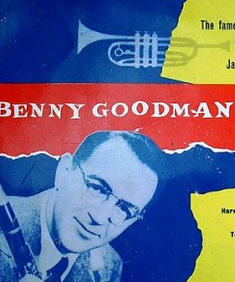 Former Granta editor John Freeman interviewed a lot of major writers over the course of 13 years—a number that proved lucky for him, as those encounters inspired a book, How to Read a Novelist (Farrar, Straus and Giroux, 334 pages). Included is “U and Me: The Hard Lessons of Idolizing John Updike.”
Former Granta editor John Freeman interviewed a lot of major writers over the course of 13 years—a number that proved lucky for him, as those encounters inspired a book, How to Read a Novelist (Farrar, Straus and Giroux, 334 pages). Included is “U and Me: The Hard Lessons of Idolizing John Updike.”
“He’s a great reader, of novels and novelists (hence this collection’s title),” Chris Vognar of the Dallas Morning News writes. “True to his mission, however, Freeman is quick to get out of the way when the writers have something to say.”
“The only thing an interviewer can do to capture what a novelist does,” [Freeman] writes, “is to make them talk and tell stories, and think aloud. These are not meant to be definitive life profiles but rather glimpses spied through a moving window.”









